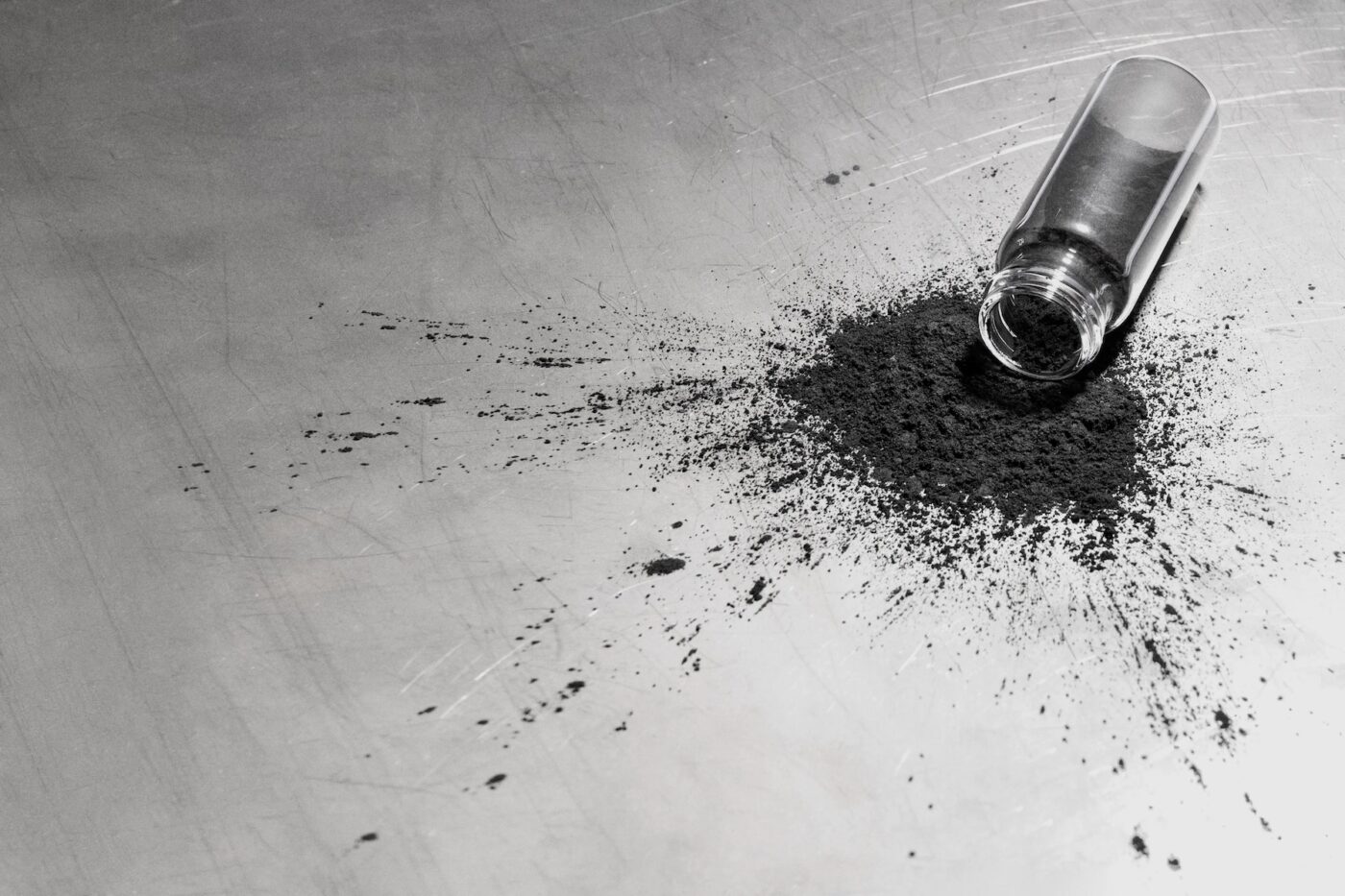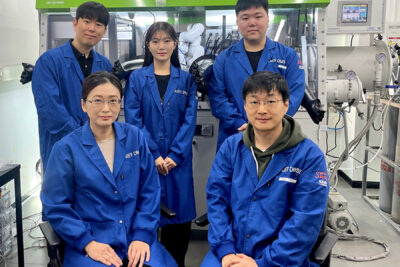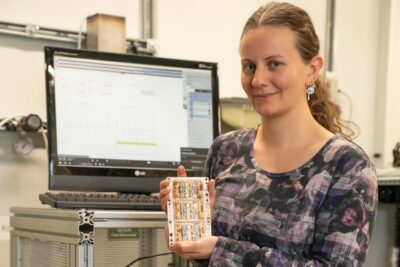Vianode signs graphite supply deal with General Motors
According to Vianode, the framework supply agreement is worth several billion US dollars and is intended to represent an important step towards strengthening the North American battery and EV supply chain. The synthetically produced high-performance anode graphite is to be supplied from a large-scale Vianode plant in North America that is currently being planned, with production scheduled to begin in 2027.
The agreement, which includes a minimum purchase commitment and runs until 2033, follows a multi-year qualification process in which the anode graphite produced at Vianode’s pilot plant in Norway was shown to meet stringent performance and validation requirements.
The high-performance anode graphite will be used by Ultium Cells, the joint venture between GM and LG Energy Solution for the production of battery cells. Under the agreement, supplies may be extended to other joint ventures.
“Vianode’s advanced battery materials enable cost-efficient batteries and EVs with better performances and a fraction of the carbon emissions of conventional technologies. Our recent creation of Vianode North America and this agreement to supply GM’s North American EV business, are key building blocks for a local, resilient supply chain for critical battery materials outside of Asia. We are proud of and honored that GM has chosen us as a strategic partner. This underlines Vianode’s capability and the way in which we will contribute to shaping the North American battery value chain,” said Burkhard Straube, CEO of Vianode.
“This agreement with Vianode for the development of artificial graphite is another great example of GM’s strategic effort to build a sustainable battery supply chain in North America,” said Jeff Morrison, senior vice president of Global Purchasing and Supply Chain at General Motors. “This project will help advance our battery technology and drive greater value to our customers.”
Anode graphite is the largest component of a lithium-ion battery in terms of weight. Vianode claims to produce synthetic anode graphite with a 90 per cent lower carbon footprint than conventional production methods. Synthetic graphite is produced in high-temperature production processes and differs from natural graphite, which is usually extracted from carbon-rich rock formations.
Vianode plans to build industrial production facilities for anode graphite in North America and Europe and is gradually investing several billion US dollars in the process. The company’s goal is to supply anode graphite for the battery cells of three million electric vehicles per year by 2030.
‘Vianode enables battery and EV manufacturers to reduce their carbon footprint. We have introduced a new industry standard with a verified carbon footprint of 1.9kg of CO2 equivalent per kilogram of graphite and are aiming to almost halve this by 2030. We look forward to working with GM to develop further high-performance products that enable EVs with faster charging, greater range and longer life,’ says Dr Stefan Bergold, CCO of Vianode.
Vianode has been producing anode graphite solutions at its industrial pilot project in Kristiansand, Norway, since 2021. Vianode’s technology centre was opened in the same city in 2022, and the first full-scale production plant in Herøya, Norway, was commissioned in October 2024. Vianode was founded in 2021 by the Norwegian metal producer Elkem, which withdrew from the company in 2024. Vianode is now owned by the world’s leading industrial and financial companies Hydro and Altor, which joined the company in 2022.





0 Comments